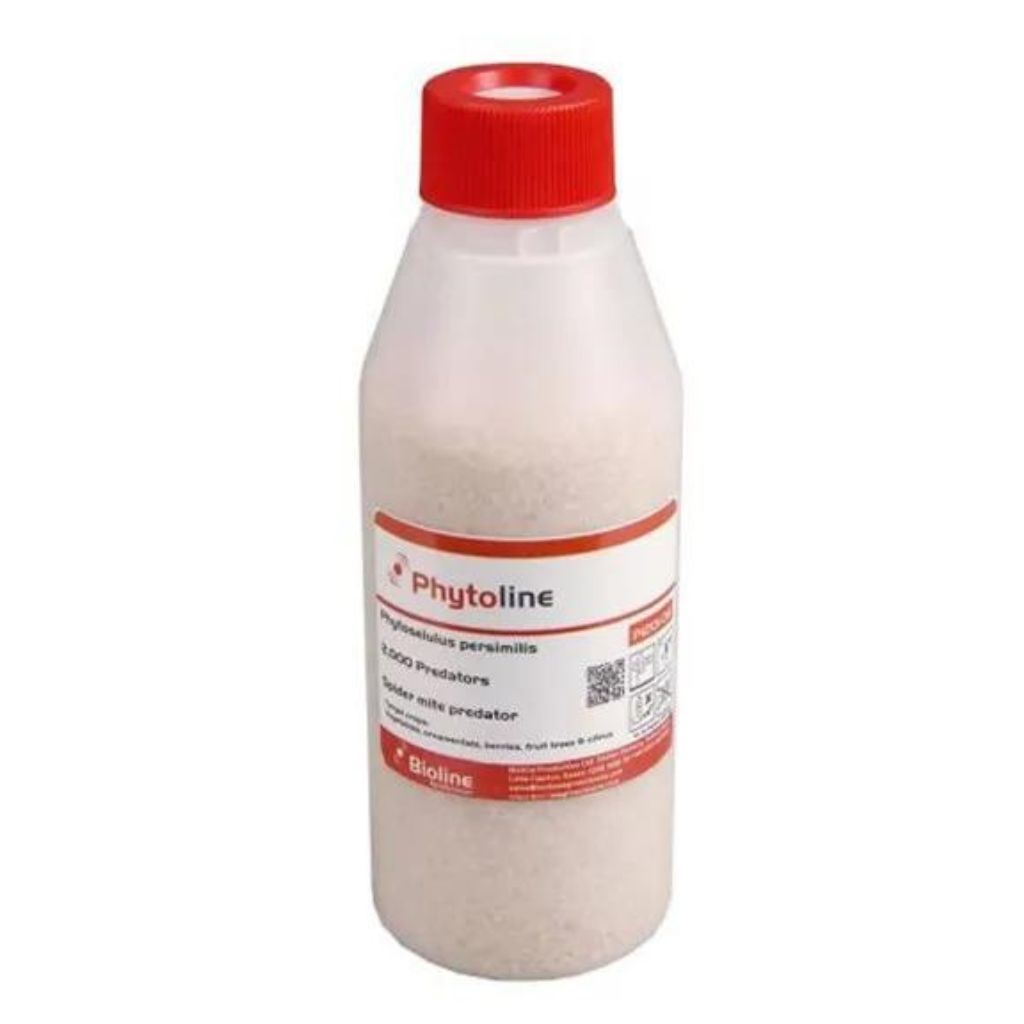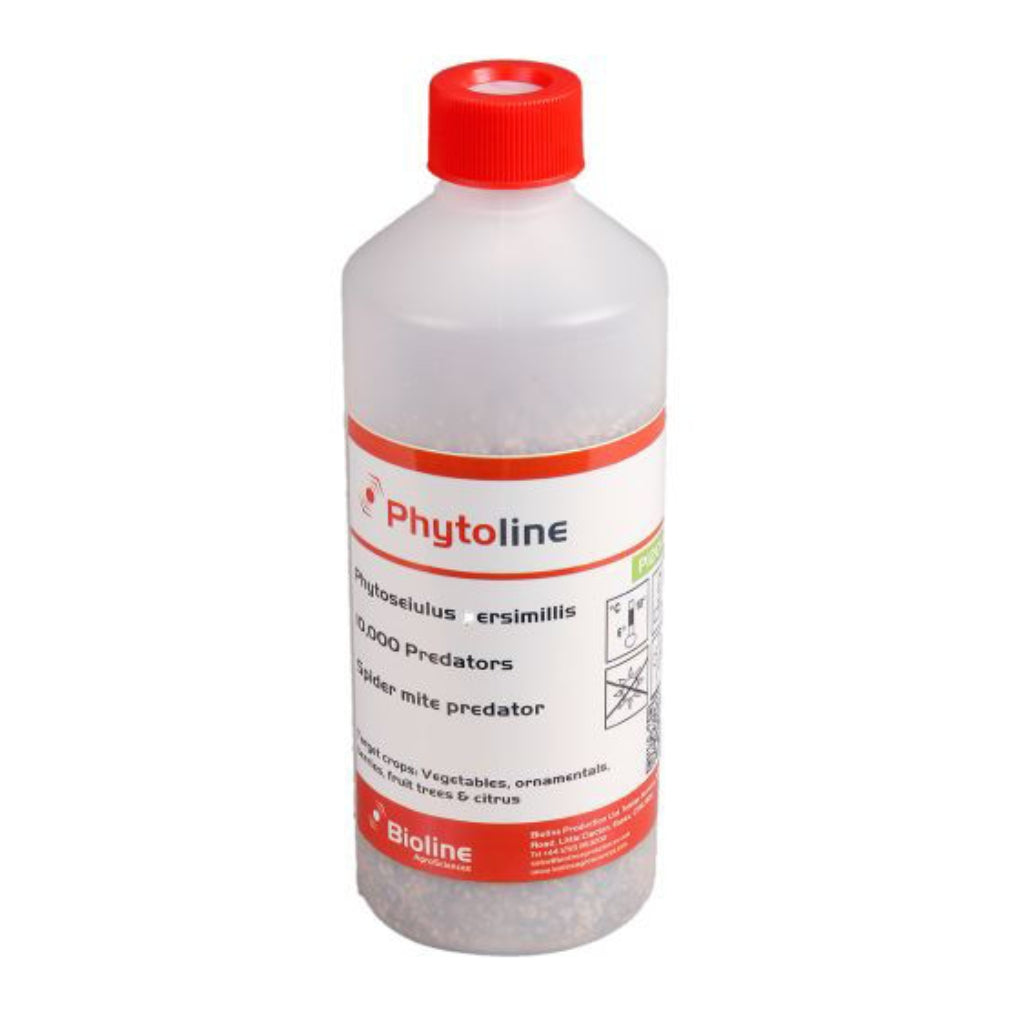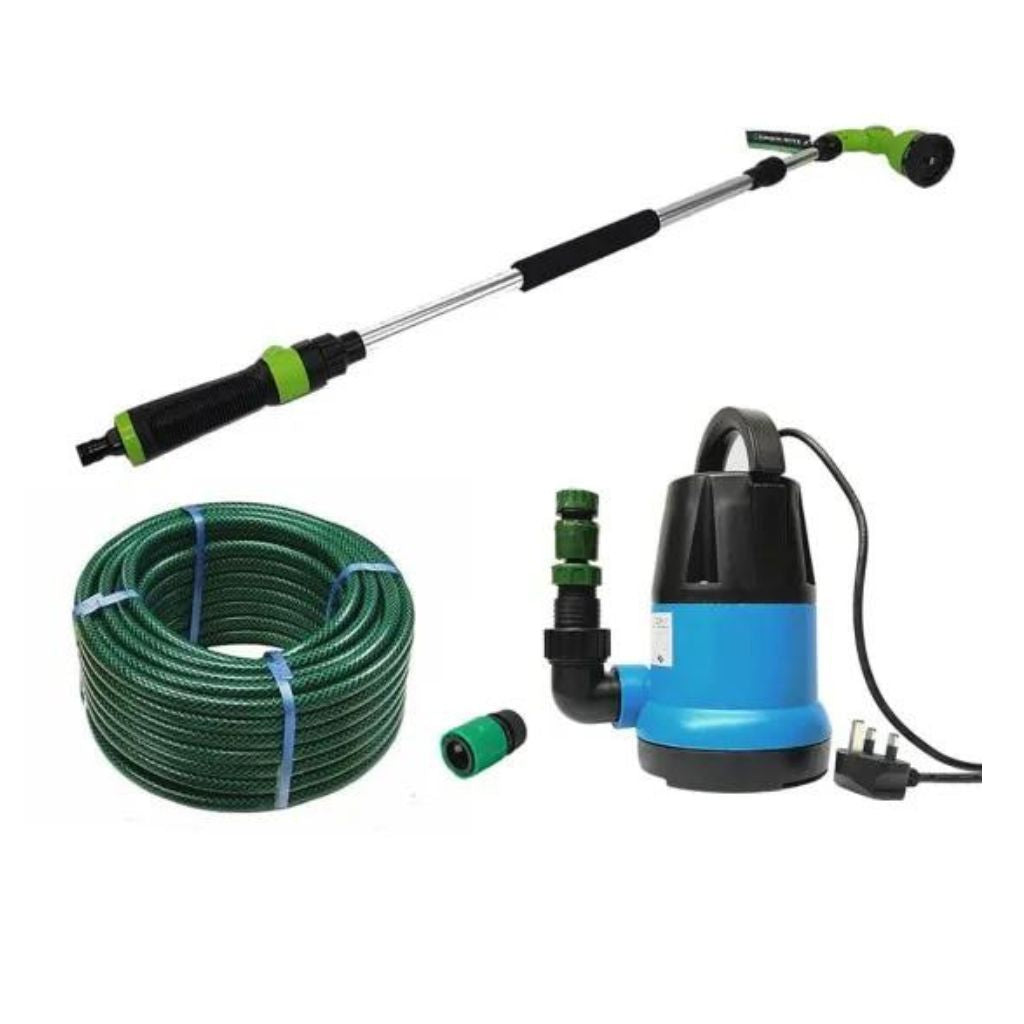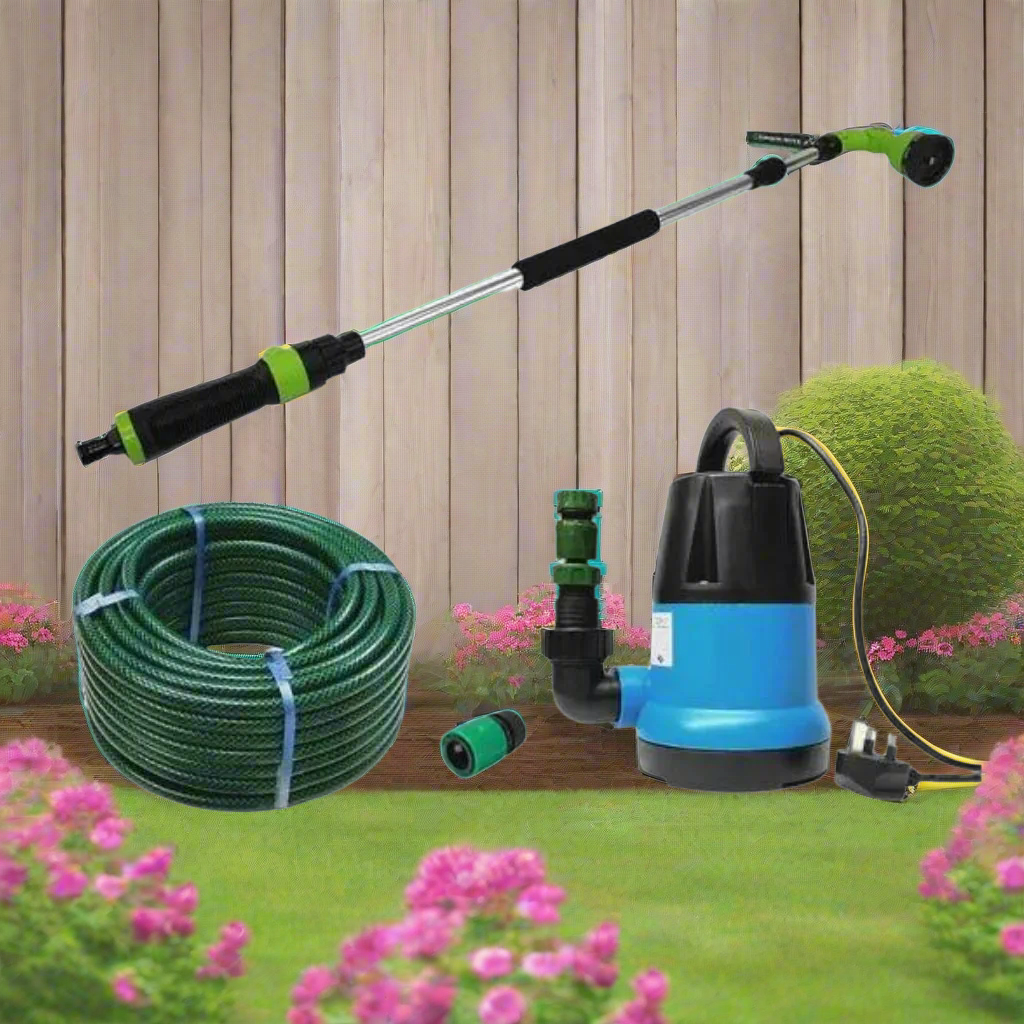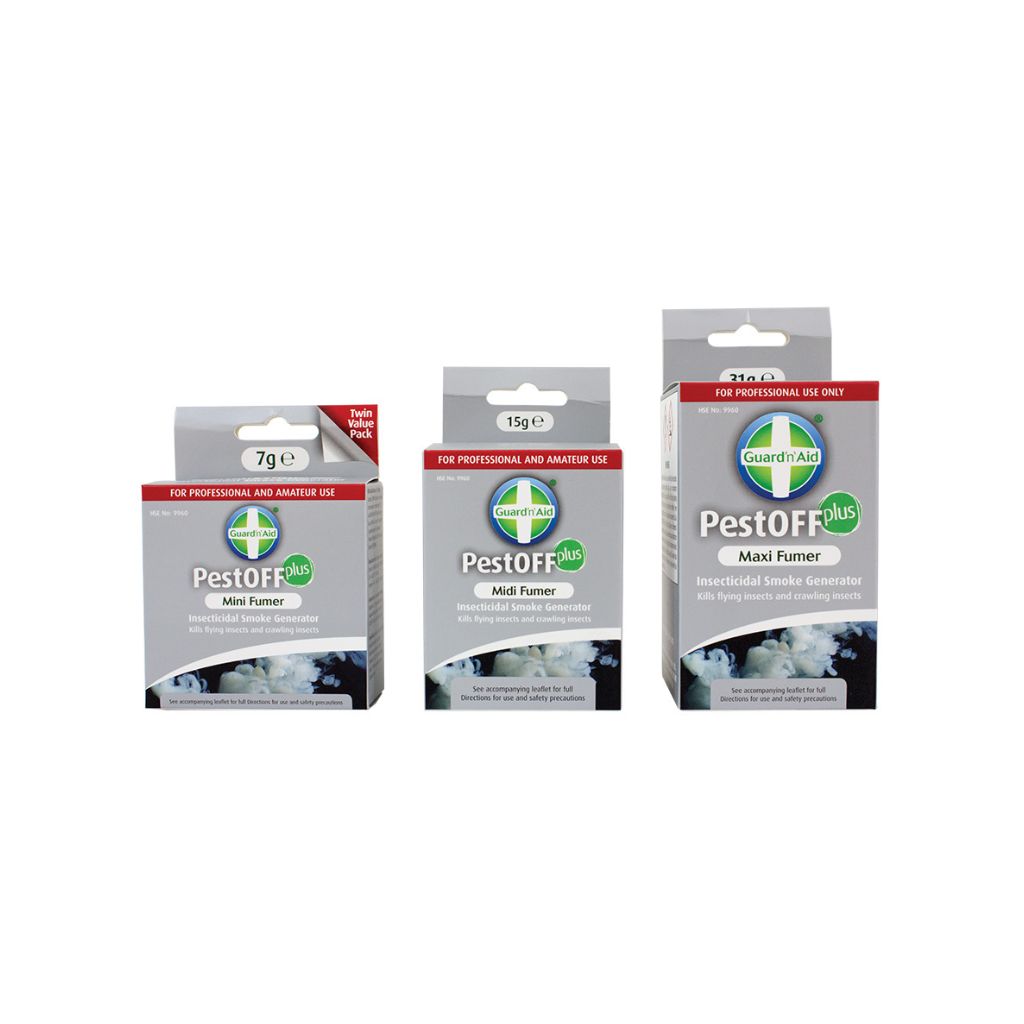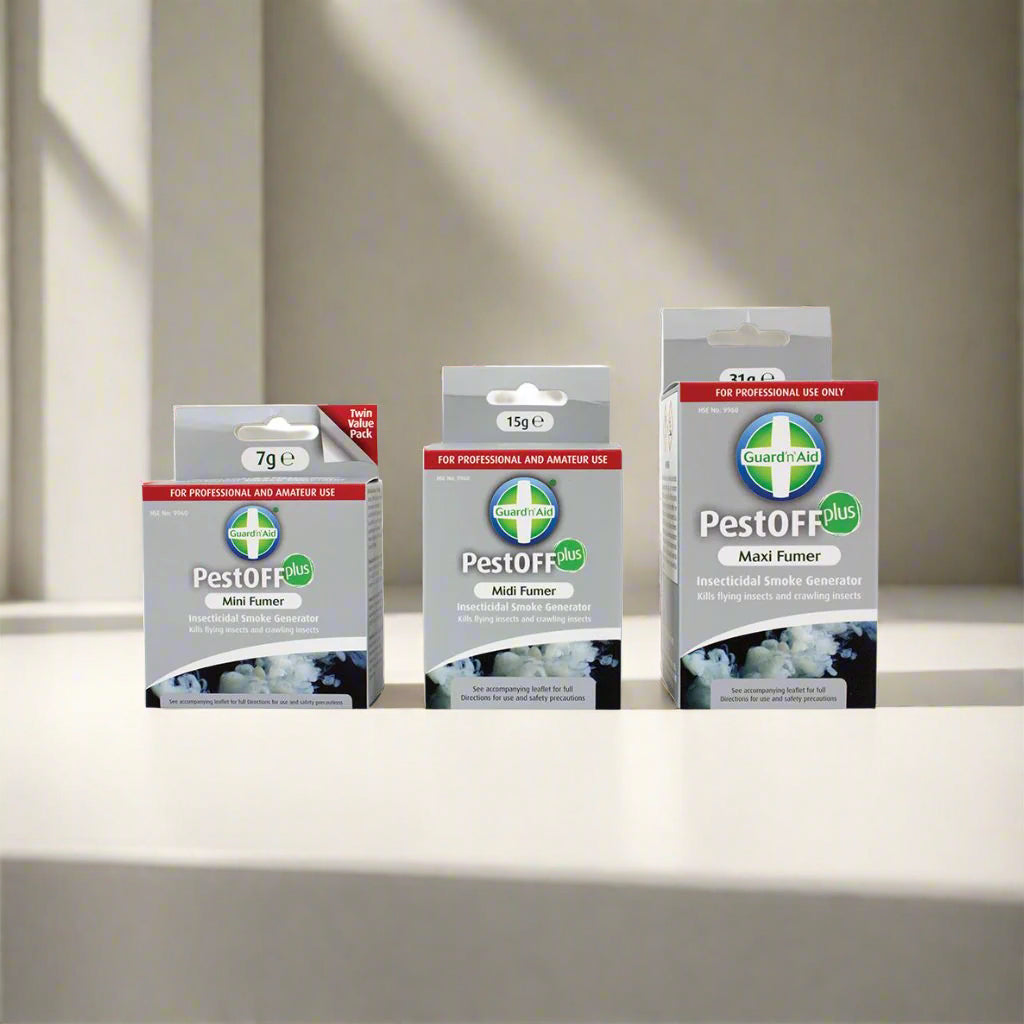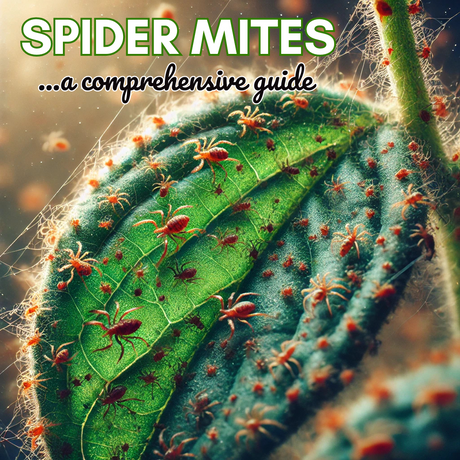Two-spotted spider mites undergo a simple life cycle that includes an egg, larval stage, protonymph, deutonymph, and adult. The entire cycle can be completed in as little as five to seven days under optimal conditions (around 30°C or 86°F), which is why these mites can multiply at an alarming rate.
Females lay eggs on the undersides of leaves, and within a couple of days, the larvae hatch. They then proceed through their nymphal stages before reaching adulthood. Each adult female can lay up to 100 eggs in her lifetime, making it easy for an infestation to grow exponentially. Below is an extreme example, demonstrating the potential for spider mite populations to multiply drastically over a 4 week period.
Assuming that conditions are perfect and no predators or interventions occur, here's a rough breakdown of how population growth could unfold:
Day 1: A single pregnant female mite finds its way into your grow room.
Week 1: That female lays eggs, and within about 5-7 days, those eggs hatch. By the end of the first week, you'll have a population of roughly 20-30 mites, assuming each egg hatches and survives.
Week 2: The new mites mature into adults and begin laying eggs. Now, you could have 20-30 adult females, each laying 20-30 eggs per day.
Week 3-4: This cycle continues, and by the end of week 4, the population can grow exponentially, potentially reaching several thousand mites or more.
Depending on factors like food availability and space, it's reasonable to expect a population in the range of 10,000-20,000 mites by the fourth week, assuming optimal conditions and no limiting factors.
So, after 4 weeks of undisturbed growth, starting with just one pregnant mite, you could easily end up with a population in the thousands, making spider mite infestations spread quickly and potentially devastate crops if not controlled early on.


